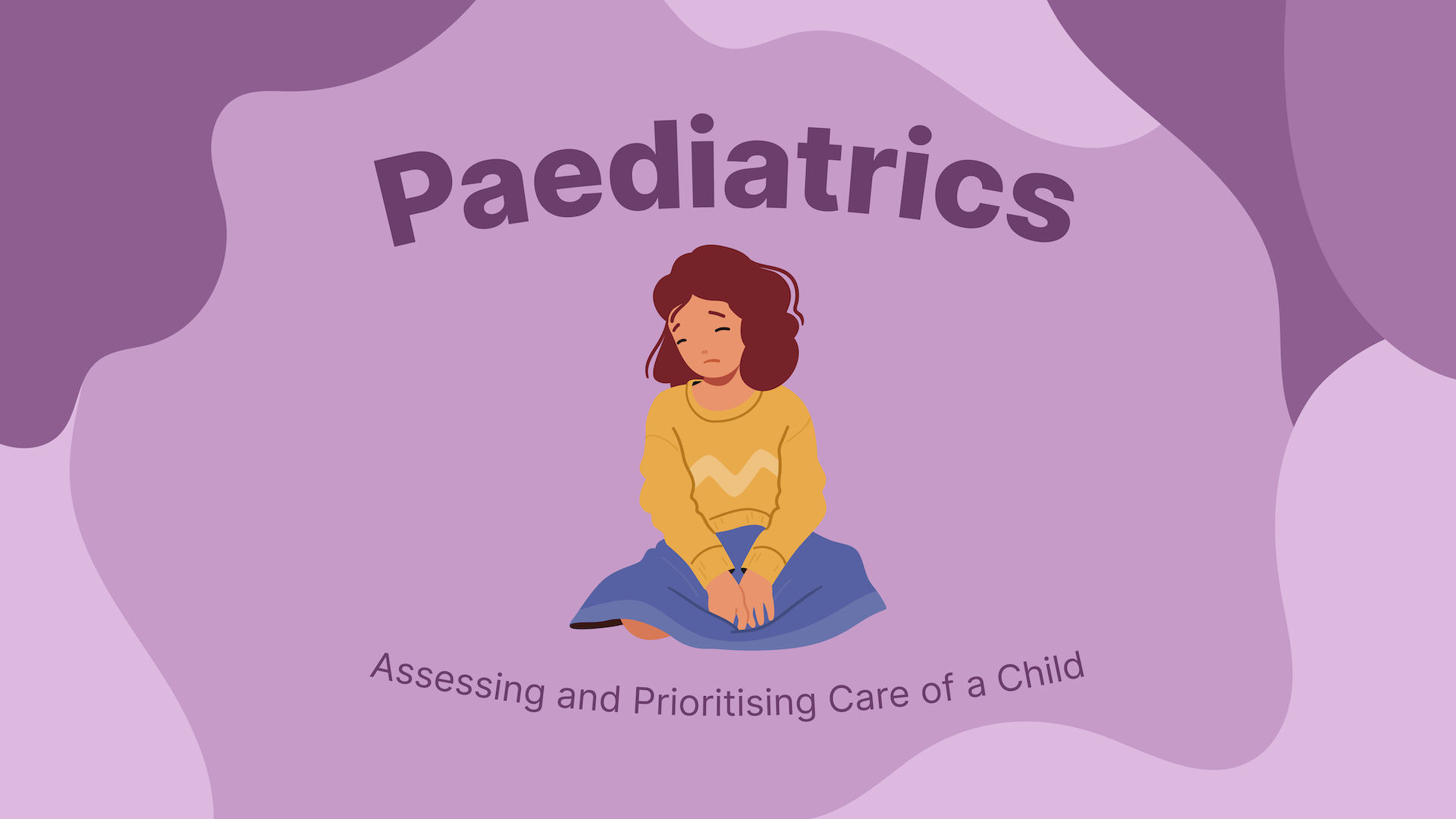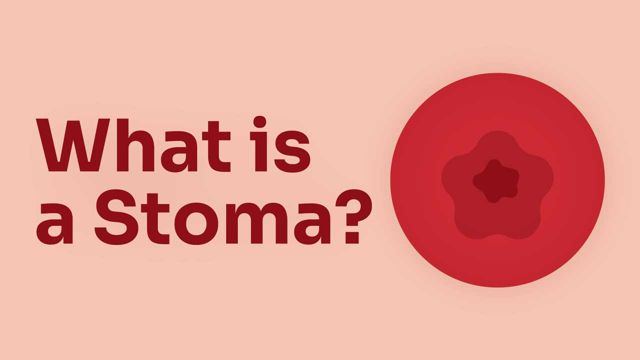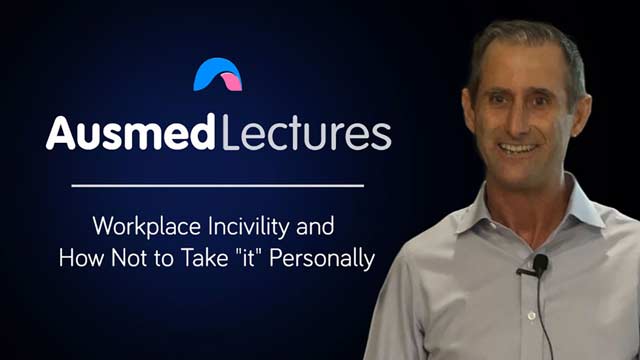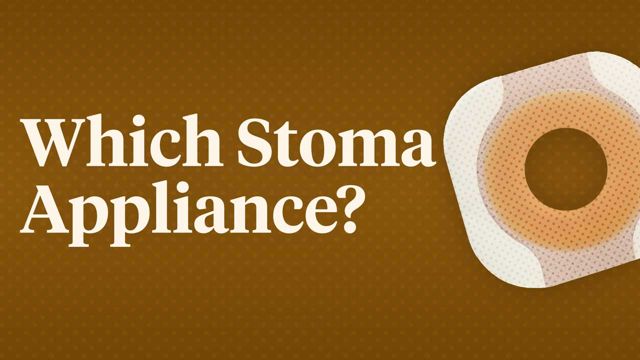Paediatrics: Assessing and Prioritising Care of a Child


How confident do you feel conducting a paediatric health assessment?
This Ausmed Course provides a practical and easy-to-follow resource for identifying and managing the warning signs of a serious illness and deterioration in children, aged 1 to 18.
Content
What you'll learn:
Explain how to prepare for a paediatric assessment.
Understand the key components of a paediatric assessment.
Recognise the signs of deterioration in children.
Implement best-practice protocols during post-assessment in order to achieve positive patient outcomes.
Apply knowledge to decide the level of care needed and prioritise urgency in practice.
Who it's for:
Why it's needed:
There is evidence to suggest that illnesses that occur in childhood may not only adversely affect the child at the time of the illness, but may also affect long-term outcomes, including their development. Therefore, early recognition of illnesses and the warning signs of deterioration will allow for timely action, which may prevent potential issues, both in the present and the future.
Education on this topic is necessary, as a practical, easy-to-follow resource for conducting a paediatric assessment and managing deviations will better enable healthcare professionals to accurately and quickly recognise these early warning signs of serious illness.
Purpose:
Topics
Assign mandatory training and keep all your records in-one-place.
Find out more
Recommended resources










 New
New